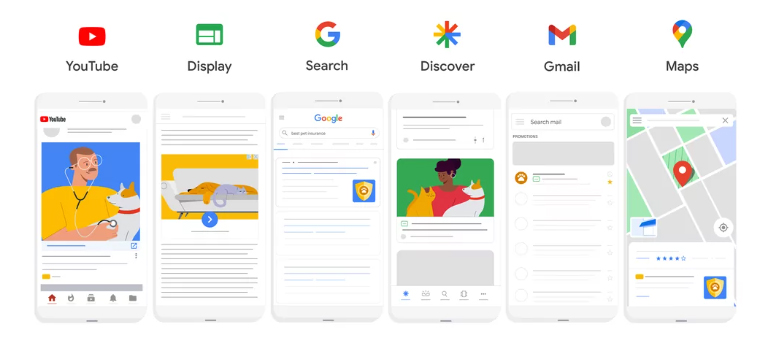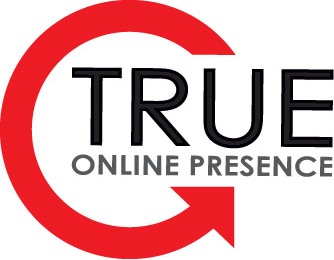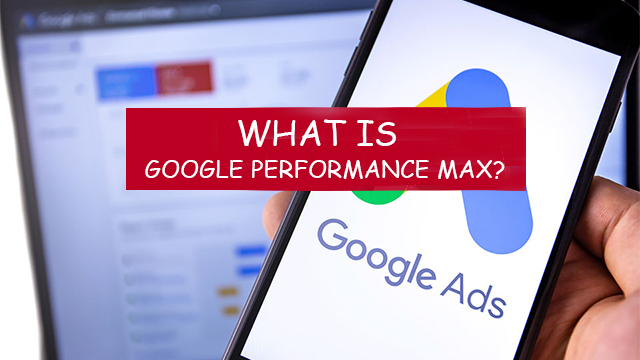Google recently introduced their new Performance Max bidding strategy to replace the Smart Shopping campaign. Smart Shopping campaigns were introduced a few years ago and have since been touted by Google representatives as the best and easiest way to grow your sales using Google Shopping.
There are few things in life that I find are the best while also being the easiest and, in my experience, I quickly determined that Google Smart Shopping was not one of them.
Now, Google has their new and improved Smart Shopping that goes even further with automated bids and ads named Performance Max.
In this article we examine the changes and try to decipher Google’s claims of how Performance Max is now the best and easiest way to grow your sales through the Google Ads platform.
What Were Google Smart Shopping Campaigns?
Google defined there smart shopping campaigns as a product feed to create and show a variety of ads across different networks, including the Google Search Network, Google Display Network, YouTube, and Gmail. Google would test different combinations of the image and text assets provided by the advertiser, then Google would select when to display the most relevant ads, automatically.
At first, this sounds great, less work for advertiser. No need to subdivide campaigns, no need to optimize bids, no need to add negative keywords, nothing but launch a campaign. However, the issue quickly became that advertisers would not know which of their products were serving for what keywords at what bid or even on which network their products were appearing.
And boy did Google promote the Smart Shopping campaigns. I had several discovery calls over the last few years, where new advertisers through either the Smart Shopping campaign was all that was available OR that it soon would be the only choice!
Advertisers were asked to trust Google to make the best decisions for their account.
If you have trust issues or simply have the belief that Google may not have your best-interest in mind over that of Google’s, then this was a difficult proposition.
Difficult or not, if it worked it worked and would have been the end of the story and believe me I tested because I really wanted smart shopping to work so I could focus client efforts differently.
I tested Google Smart Campaigns various times over the last two years and found that a well-optimized manual campaign would outperform Smart campaigns every time generally in sales, but always in profitability and usually it wasn’t even close.
I was mystified by individuals online in Google marketing Facebook groups touting how much success they have had with Smart Shopping and how it had outperformed manual Shopping campaigns.
My thought was, wow they must have not known what they were doing in setting up and optimizing their manual campaigns.
The benefit of Smart Shopping campaigns was that it was much, much easier to setup and could easily be incorporated directly from a Shopify store in a few mouse clicks.
If you believe that some advertising when easy (hopefully being profitable), is better than advertising where it may not be so easy, but much more profitable is the correct choice, then Smart Shopping could have been a viable option. For my clients that wish to pull every possible dollar of profit from their Shopping and Retargeting campaigns, manually created Google Ads campaigns have always been the correct choice.
However, now Google’s highly touted Smart Shopping has been replaced by the next generation … Performance Max.
What Do We Know About Performance Max?
Google is promoting Performance Max (PMax Campaigns) as a significant improvement to Smart Shopping Campaigns claiming Performance Max will yield an average increase of 12% in conversion value at the same or better return-on-ad spend.
It seems to me that a 12% improvement on not very good calculates to be still not very good, yet I digress, and we shall continue to explore.
Performance Max campaigns will be eligible to serve across even more Google platforms. This additional reach will bring increased traffic, but just like with Smart Shopping the lack of transparency makes it difficult for advertisers to know if that additional traffic is profitable or is just more.
Smart Shopping campaigns served product shopping ads and display ads across Google’s Search Network, Display Network, YouTube and Gmail.
Performance Max campaigns will now serve ads across Google’s entire network of Search, Display, YouTube, Discover and Gmail, Maps.

While the increased reach adds Maps and Discover, how Performance Max ads also has changed how their ads take priority.
While advertisers could run Smart Shopping and Manual Shopping campaigns side by side (although Google would give preference to Smart Shopping) the Performance Max ads will be even more dominant.
Ads from Performance Max campaigns will be served in lieu of all other Shopping, Display (including retargeting) and Search ads within an account.
The only exception is that Search ads will still be served from a Search campaign where the Exact Keywords match.
Is It Possible to Opt Out With Some Products In Performance Max?
Yes. You can use a subset of your products. This is where adding custom labels to your product feed becomes important.
As I have written, spoke about and taught in the past, custom labels are a vital way to subdivide your account. Custom labels are the only customizable fields that can be used to subdivide.
Perhaps, you want to test the new Performance Max (PMax Campaigns) with just a subset of your products? Then, creating and using custom labels will be essential in creating these campaigns.
When Is It Happening?
All Smart Shopping campaigns will be automatically converted into Performance Max campaigns by the end of Q3 2022. Advertisers can also automatically convert their campaigns with a simple ‘one click’.
As of now, Smart Shopping campaigns can no longer be created. Currently, Performance Max is the option along with manual campaigns.
FINAL WORD
For advertisers without the knowledge or time to dedicate to Google Ads, Performance Max may be the option. In fact, for those it will be the only option.
It will be now extremely easy to let Google create all of your campaigns with a couple of clicks and hand over your advertising directly to Google.
Unfortunately, with Performance Max the lack of transparency in the form of not being able to see how or what or who or anything about the campaign other then seeing results has only gotten worse.
Advertisers will not be able to give much input other than what products to advertise.
Will it work? Is Performance Max the best and easiest way to advertise?
Performance Max will yield some results and will increase where ads appear (although historically not within premium placements).
Will Performance Max produce better results than creating manual campaigns?
Probably not, but it sure will be easier.
Will Performance Max produce better results than Smart Shopping?
The verdict is still out, but it will increase spend so watch your budgets.
Should you create all campaigns using Performance Max?
Test and determine what is more important to you. Control or ease of setup and ease of advertising.
For me, I will test in some as subsets within some of my private client’s accounts, but I will be very deliberate in making any complete change to Performance Max.
For you, I would recommend testing using the same cautious approach and as always let the data drive your marketing decisions.
Happy Marketing!
Andy Splichal
ABOUT THE AUTHOR

Andy Splichal is the founder and managing partner of True Online Presence, author of the Make Each Click Count book series, host of the Make Each Click Count podcast, founder of Make Each Click Count University and certified online marketing strategist with twenty plus years of experience helping companies increase their online presence and profitable revenues.
He was named to Best of Los Angeles Awards’ Most Fascinating 100 List in both 2020 and 2021. To find more information on Andy Splichal, visit www.trueonlinepresence.com or read The Full Story on his website or his blog, blog.trueonlinepresence.com.

